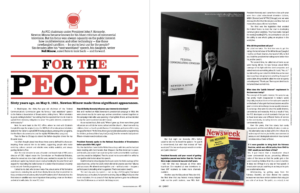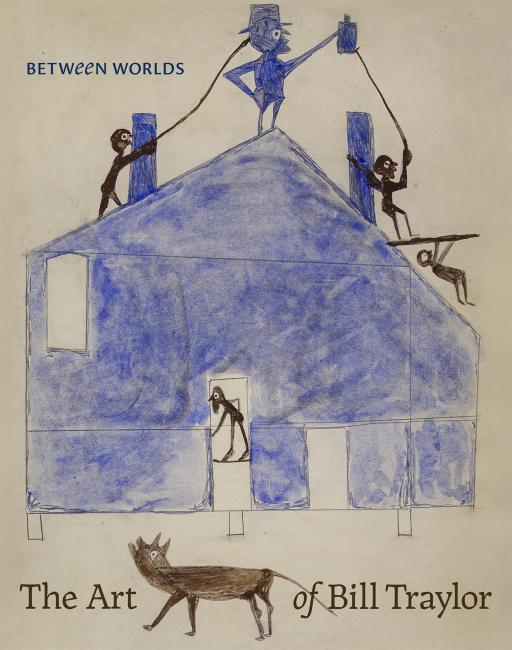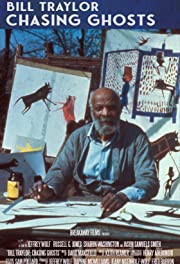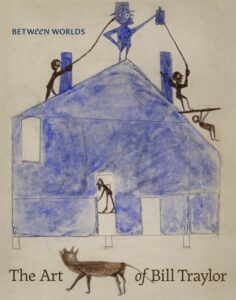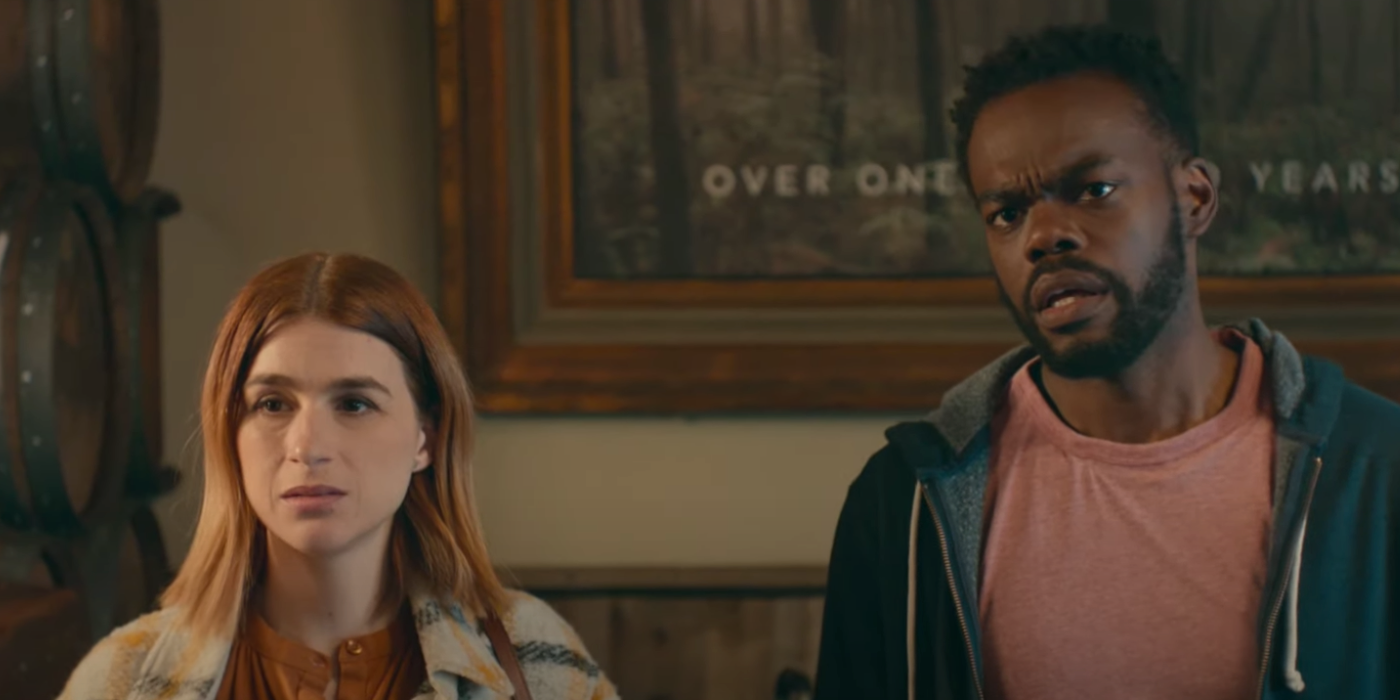Oscars 2021: The Good, The Nutty, The Surprises, The Gowns
Posted on April 26, 2021 at 10:47 am

Well, that was different. And for reasons that go beyond the pandemic. Last night’s Oscar broadcast merited adjectives never applied to the television-era Academy Awards before. It was small, it was intimate, and because it felt like it was organized for the industry, not the audience, it had the enticing air of eavesdropping on something more authentic. No splashy musical numbers. No dumb jokes by presenters, no “playing off” the awardees if they went over their allotted three minutes. The Academy’s efforts to expand its membership to lower the average age and include more diverse filmmakers, combined with many of the usual “awards-bait” films being postponed due to the pandemic, let to recognition for smaller independent films, made with more passion than money.
The bad news — the audience will likely shrink again. The good news — the people who watch because they really care about film and had seen most of the nominees were likely to find it far more satisfying.
What worked:
Instead of silly scripted banter, most of the presenters told us telling details about the backgrounds and influences of the nominees. Harrison Ford hilariously (and grumpily) read aloud the “notes” and complaints from early viewers of “Blade Runner.” Many of the acceptances speeches were more than recitations of names. Thomas Vinterberg’s dedication of his foreign language award for “Another Round” to his daughter who was killed in a car accident was vulnerable and touching. The intimacy of the setting, including Questlove as DJ instead of a full orchestra, made the three hours-plus seem less of a slog. And, even though it was clearly a set-up, Glenn Close’s detailed response to “Da Butt,” including a demonstration of the dance, was a delight.
I also enjoyed the commercials! Lots of reflections of the broadcast’s focus on diversity, some very intriguing looks at upcoming films, including the musicals “In the Heights” and “West Side Story.” Putting the nominated songs in the pre-show allowed for lovely, very professional performances, beautifully filmed. I was rooting for “Husavik, My Home,” performed last night in Husavick, with the children who live there. The pre-show questions focused on the films, not on the dress designers.
And it was wonderful, as always, to see the international filmmakers who come together to create the nominated films, especially the below-the-line people who do costumes, make-up, special effects, production design, and sound. The awards for the short narrative film, “Two Different Strangers” and “Collette” will bring more recognition to the problem of racially-motivated police violence and the heroism of those who stand up to the greatest evil and oppression. This was the most diverse group of nominees ever, and that made the awards for Daniel Kaluuya (Best Supporting Actor for “Judas and the Black Messiah, also the first-ever Best Picture nominee with all-Black filmmakers), Chloé Zhao (Best Director, Best Picture, the second woman and first Asian woman to win the directing Oscar), and Yuh-Jung Youn (Best Supporting Actress for “Minari” and winner of my most charming acceptance speech award) especially welcome.
Surprises:
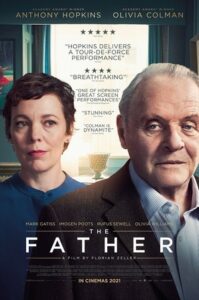
The Screenwriting and Best Actor (Anthony Hopkins) awards for “The Father” were probably the biggest surprises. followed by the shut-out for “The Trial of the Chicago 7.” The decision to end with the Best Actress and Best Actor awards instead of Best Picture, reportedly in expectation of a posthumous award for Chadwick Boseman, was not a good idea. One thing the movie industry should understand is how to build to a climax. This was not it.
But of course there were gowns to admire! Viola Davis was stunning in a white, lacy dress, Halle Berry in a lilac fantasia, the midriff-baring lovelies of Carrey Mulligan, Zendaya, Andra Day, and Angela Bassett’s stunning silhouette. And I loved seeing “Nomadland’s” Oscar-winning Zhao and McDormand apparently appearing without make-up, Zhao in sneakers! They didn’t look disrespectful; they looked real, very much in keeping with the tone of the evening.
Best Picture
“Nomadland”
Best Director
Chloé Zhao, “Nomadland”
Best Supporting Actor
Daniel Kaluuya, “Judas and the Black Messiah”
Best Supporting Actress
Yuh-Jung Youn, “Minari”
Original Screenplay
Emerald Fennell, “Promising Young Woman”
Adapted Screenplay
Christopher Hampton and Florian Zeller, “The Father”
Animated Feature
“Soul”
Production Design
“Mank”
Costume Design
“Ma Rainey’s Black Bottom”
Cinematography
Erik Messerschmidt, “Mank”
Editing
“Sound of Metal”
Makeup and Hairstyling
“Ma Rainey’s Black Bottom”
Sound
“Sound of Metal”
Visual Effects
“Tenet”
Score
Trent Reznor, Atticus Ross and Jon Batiste, “Soul”

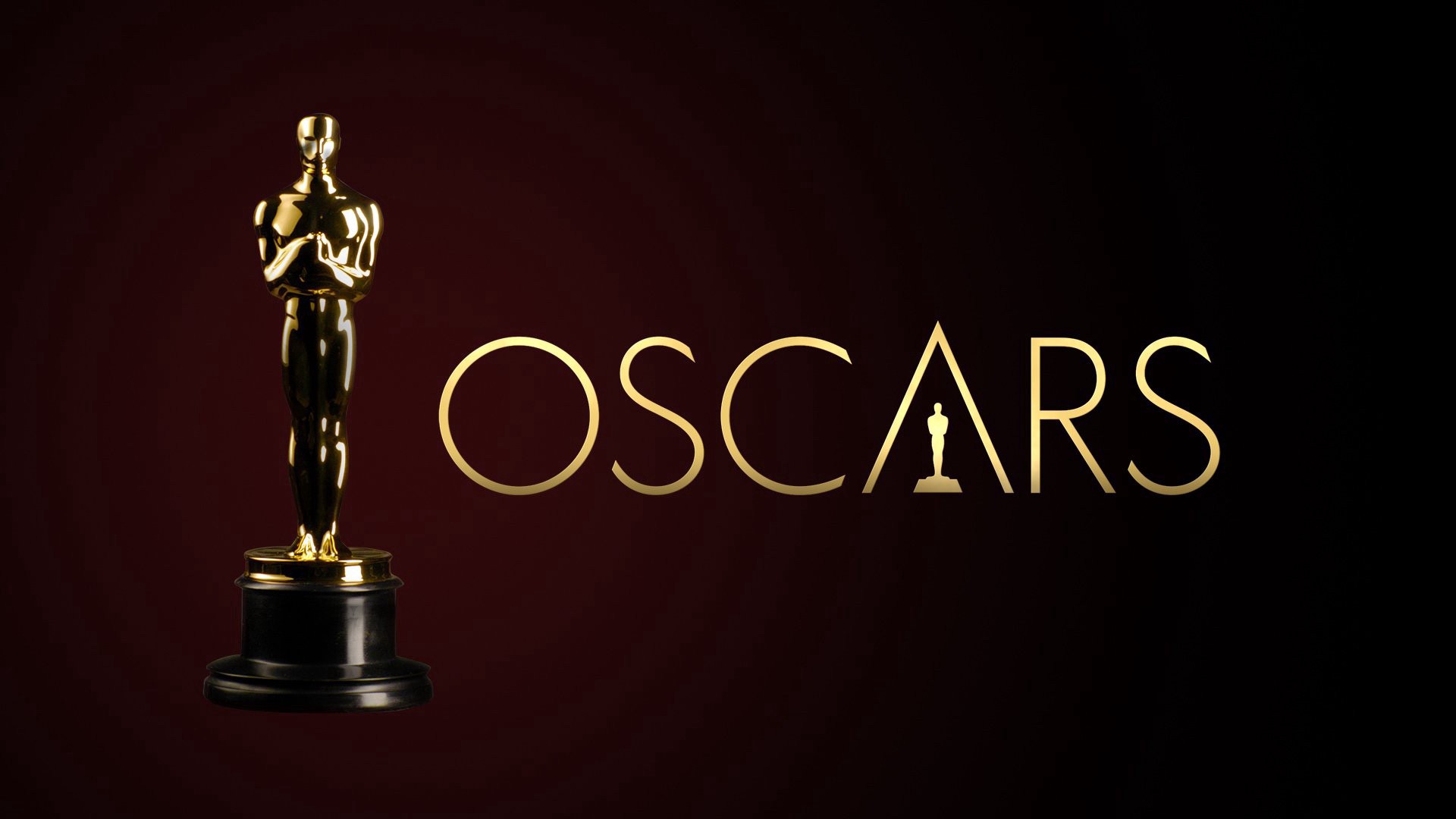



 One of the great pleasures and honors of my life was the chance to
One of the great pleasures and honors of my life was the chance to 